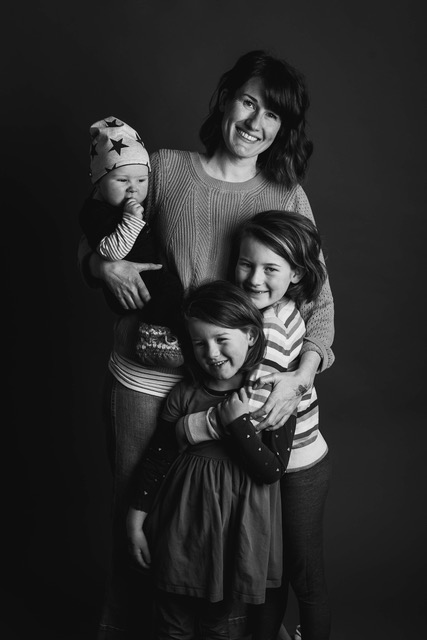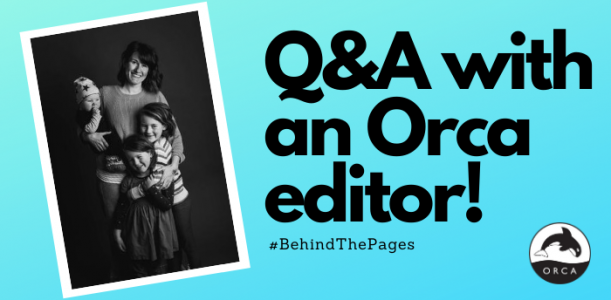
Have you ever wanted to know what it’s like to be the person editing books before they go out into the world? Learn more in this new Q&A with Orca’s picture book editor, Liz Kemp!
1. What does the day-to-day life of an editor look like?
Coffee. Email. Coffee….and then we dive into it. Working remotely, the three Orca editors, myself, Tanya Trafford and Kirstie Hudson, have a daily morning meeting where we check in with each other and discuss our working titles, submissions, our children, upcoming projects etc. We never did this while we were in the office, and it’s been one of the best changes to our working structure during the pandemic.
After, I try to balance the rest of my day with at least one full edit or read-through of an active project, an hour or two reading submissions for the slush pile and responding, a meeting with one of our superstar designers about the look of a book, another few hours of emails and project management and then of course, more coffee.
2. Did you always know you wanted to be an editor?
No. I had always wanted to be a marine biologist (I was heavily influenced by the Vancouver-based television show Danger Bay.) I studied biology in undergrad with a focus on ethics in science and medicine. However, once I graduated, I needed a break from lab work and took an internship with St Joseph Communication, working at one of their magazines. Which led to working at another magazine and pursuing my Masters in Publishing. It turns out that lab-brain and editing-brain are very similar: either way you are focusing on the components of the bigger picture.

3. What makes you a good picture book editor?
I read A LOT of picture books. An obscene amount. I can’t actually remember the last adult book I read? Also, I have three young children, so I’m keeping myself relevant for at least the next decade.
4. What is your favorite book not published by Orca?
The Wolf, The Duck and The Mouse by Mac Barnett and illustrated by Jon Klassen. This is my perfect picture book. It reads well aloud, is a little bit macabre, is suspenseful and funny and encourages you to yell “CHARGE!” We’ve read this so often in my house that my 2 year old wanders around saying “Oh woe” when things aren’t going his way.
5. What is your favorite snack or drink while reading or editing?
Coffee counts as both a drink and a snack, right?
6. What is something that most people don’t know about your job?
Editing picture and board books is not so much about changing words as it is project management. There is, of course, plenty of word changing, but a lot of my job is managing expectations.
An author pitches me a text that they have been writing and visualizing for some time (potentially, years!); I read this text and it inspires something in me to make me want to sign it and publish it as an Orca book; the Art Director reads it and has her own vision of what these words look like on the page and then hires an illustrator whose job it is to create a visual concept inspired by the story. We’ve gone from one person with an idea to four people with four ideas, and my job is to make sure that at the end of the day what we’ve created together is respectful of all of these separate visions.
7. What is your favorite thing to see in a submission?
Picture books are a huge influence on a child in their foundational years, I’m very mindful of what message each book we publish is imprinting on soft squishy brains. I love to see dark humour in submissions, a reminder to children that there is also light where there is darkness.
And since I have this platform, what I really REALLY don’t like to see in submissions is name calling. I think it’s unnecessary and I don’t want my little readers to ever think it’s okay.


